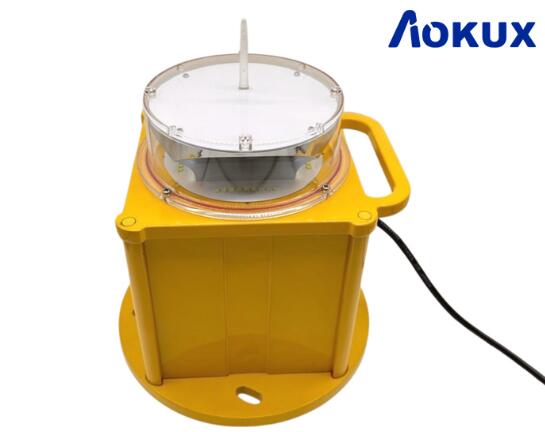
In the ever-evolving world of aviation, safety and precision are paramount. Among the many tools and technologies that ensure these standards, the heliport rotating beacon stands out as a critical component. These beacons, often overlooked, play a vital role in guiding pilots, especially during nighttime or adverse weather conditions. This article explores the significance, technological advancements, and future potential of heliport rotating beacons in modern aviation.
The Importance of Heliport Rotating Beacons
Heliport rotating beacons are essential for the safe operation of helicopters, particularly in urban environments where space is limited and visibility can be challenging. These beacons emit a bright, rotating light that serves as a visual aid for pilots, helping them locate the heliport from a distance. The rotating motion of the light ensures that it is visible from all angles, providing a clear and unmistakable reference point.

Technological Advancements in Rotating Beacons
The technology behind heliport rotating beacons has seen significant advancements over the years. Traditional incandescent bulbs have been replaced by more energy-efficient LED lights. LEDs offer several advantages, including lower power consumption, longer lifespan, and brighter illumination. Additionally, modern rotating beacons are equipped with smart controls that allow for remote monitoring and adjustment. These controls enable operators to change the light's intensity, rotation speed, and color, depending on the prevailing conditions.
Integration with Urban Infrastructure
One of the most innovative applications of heliport rotating beacons is their integration with urban infrastructure. In densely populated cities, heliports are often located on rooftops or other elevated structures. Rotating beacons are now being designed to blend seamlessly with the architectural aesthetics of these buildings. For instance, some beacons are incorporated into the design of skyscrapers, serving both functional and decorative purposes. This integration not only enhances the visual appeal of the structure but also ensures that the heliport remains easily identifiable.
|
heliport rotating beacon |
heliport rotating beacons |